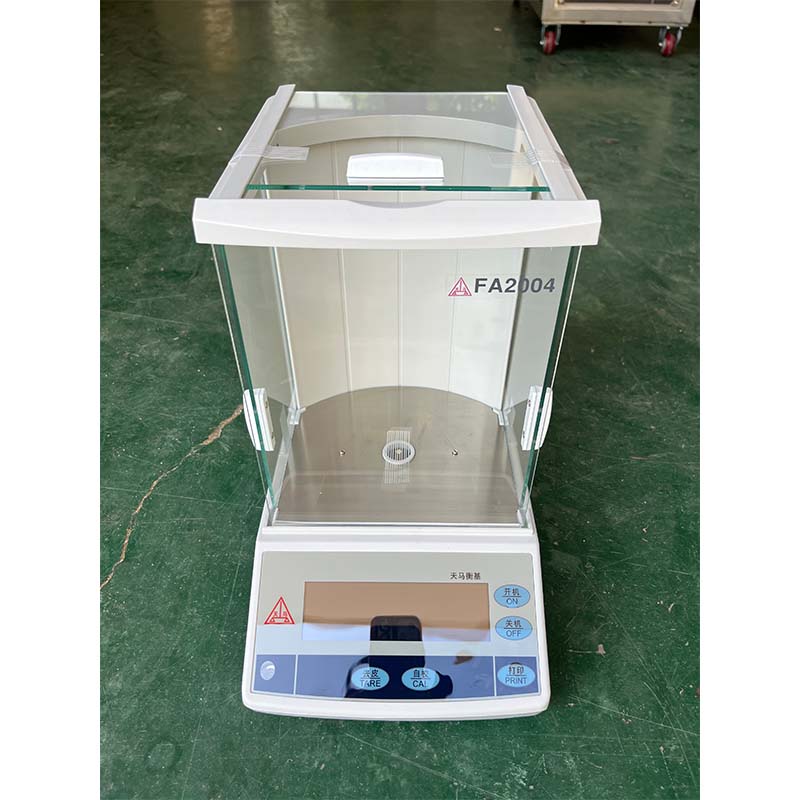Manufacturers of Wire Reverse Bending Test Equipment and Solutions for Quality Testing
Understanding Wire Reverse Bending Test Machines An Insight into Manufacturing and Quality Control
In the realm of material testing, especially regarding metals and wires, the Wire Reverse Bending Test Machine plays a crucial role. This sophisticated piece of equipment is designed to evaluate the ductility and structural integrity of wire products by subjecting them to reverse bending conditions. By allowing manufacturers to assess the performance of their wires under various scenarios, these machines help ensure that the final products adhere to industry standards and customer expectations.
The Significance of Wire Testing
Wire products are ubiquitous in various industries, including construction, automotive, aerospace, and electronics. The performance of these wires under stress is critical, as failures can lead to significant safety hazards and financial losses. The reverse bending test specifically simulates conditions that wires might face during their actual application, making it an essential procedure in quality assurance.
As such, factories employing Wire Reverse Bending Test Machines are at the forefront of ensuring product reliability. The ability to conduct these tests in-house accelerates the development of new wire products and provides immediate feedback, allowing for continuous improvement in manufacturing processes.
How Wire Reverse Bending Test Machines Work
The Wire Reverse Bending Test Machine typically consists of a frame, bending tools, and a digital control panel. The operation begins by placing a sample wire into the machine. The wire is then bent back and forth in a controlled manner, typically at a specified angle and frequency. The machine records data throughout the process, including the number of cycles the wire endures before failure occurs.
Key parameters such as bending radius, angle, and speed can be adjusted according to the testing requirements. This flexibility allows manufacturers to simulate specific real-world conditions that their products may encounter. The data generated is invaluable, providing insights into the wire's tensile strength, ductility, and fatigue resistance.
Benefits of Using Wire Reverse Bending Test Machines
1. Enhanced Product Quality Regular testing ensures that subpar materials are identified and rectified before reaching the market. 2. Cost Efficiency By preventing product failures, manufacturers save on potential recalls and warranty claims, which can be financially burdensome.
3. Compliance with Standards Many industries have specific regulatory requirements regarding wire performance. Utilizing these testing machines helps manufacturers stay compliant with these standards.
wire reverse bending test machine factories

4. Research and Development Insights gained from reverse bending tests can lead to innovations in wire materials and designs, driving industry advancements.
Choosing the Right Manufacturer
When selecting a supplier for Wire Reverse Bending Test Machines, it is essential to consider several factors
1. Reputation Look for manufacturers with a proven track record in producing high-quality testing machines. Client testimonials and case studies can provide insights into their reliability and success.
2. Customization Options Different industries may require specific test configurations. A supplier offering customizable solutions can better meet your testing needs.
3. Technical Support Choose a manufacturer that offers comprehensive support, including installation, maintenance training, and troubleshooting assistance.
4. Cost vs. Quality While budget constraints are critical, opting for the cheapest option may not always be wise. Assess the overall value by balancing cost with features, durability, and reliability.
Future Trends in Wire Testing
As technology continues to evolve, so will the capabilities of Wire Reverse Bending Test Machines. Future advancements may include more sophisticated data analysis tools powered by artificial intelligence, which could provide deeper insights into materials performance and predictive maintenance alerts. This trend toward digitalization is poised to enhance not only the testing process but also overall manufacturing efficiency.
Conclusion
Wire Reverse Bending Test Machines represent a vital component in the quality assurance processes of wire manufacturing. By understanding the importance of these machines and the role they play in upholding industry standards, manufacturers can better appreciate their value in producing safe, reliable products. As the industry continues to evolve, staying informed about the latest advancements in testing technology will be crucial for maintaining a competitive edge in the global marketplace.
-
The Role of Tensile Force Testers in Quality Control and Material Science
NewsAug.01,2025
-
Maintenance and Safety Tips for Aging Ovens
NewsAug.01,2025
-
Density Balance in Forensic Science
NewsAug.01,2025
-
Advanced Optical Measurement Technologies
NewsAug.01,2025
-
A Buyer’s Guide to Tensile Test Machines
NewsAug.01,2025
-
Why the Conductor Resistance Constant Temperature Measurement Machine Redefines Precision
NewsJun.20,2025
 Copyright © 2025 Hebei Fangyuan Instrument & Equipment Co.,Ltd. All Rights Reserved. Sitemap | Privacy Policy
Copyright © 2025 Hebei Fangyuan Instrument & Equipment Co.,Ltd. All Rights Reserved. Sitemap | Privacy Policy

